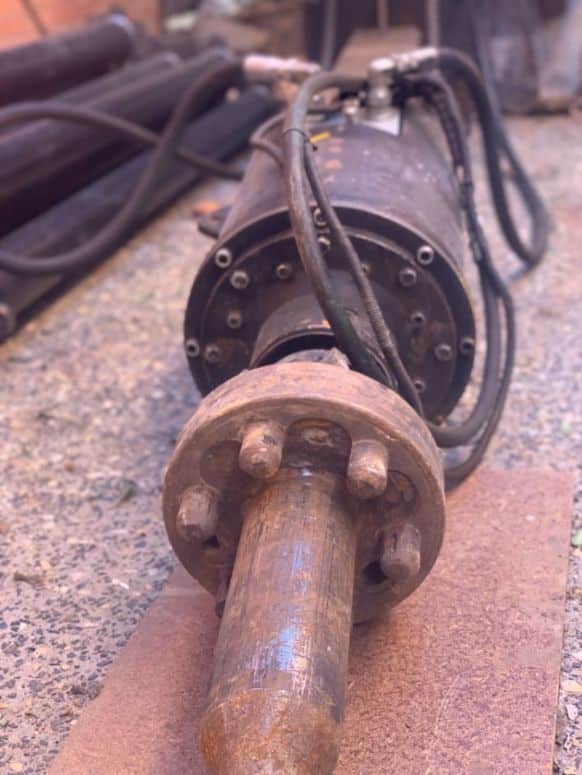Resin injection underpinning is a foundation repair process where resin is injected into the ground. The approach fills gaps along its path and hardens them to create a firm foundation. The process is used as an alternative to concrete underpinning, where small holes are drilled to inject resin into different layers of the foundation. If you are planning underpinning in Adelaide, check out this blog.
In this article, we will discuss whether it’s a good idea to use resin underpinning and what are the advantages or disadvantages of using this method.
How Long Has Resin Injection Underpinning Been Around?
Resin injection underpinning has been around for more than 30 years. It is the newest technology, but the effectiveness of the process is questionable. The process was first used in Europe and has slowly made its way to other countries.
If you want to know how long does it take to underpin, check this blog for more info.

What Are The Disadvantages Of Resin Injection Underpinning?
The following are the main disadvantages of resin injection underpinning:
- Once done, it can’t be corrected, and no re-engineering possible.
- You can’t install concrete underpins where resin underpin has been performed.
- The resin can enter cracked pipes, filling up underground services with solid resin.
- It is more expensive than other methods, such as concrete underpinning.
- It is not as durable as concrete.
- You can’t measure how much resin you need to fix the error as you can’t see beneath the earth.
What Are The Advantages Of Resin Injection?
The main advantages of resin injection are:
- It is less intrusive than concrete underpinning, so there is no need to excavate around your property.
- The process is faster, so you can move on with life more quickly.
- It can be used in areas where concrete underpinning can’t be used, such as near trees or internal walls.
- It’s good for pathways, small patches, and internal walls if they are not heavy load-bearing.
Is Resin Injection Underpinning As Good As Concrete Underpinning?
No, resin injection underpinning doesn’t perform as well as concrete underpinning. It is not as strong or durable and can’t be used in all situations.
If you want to know the difference between restumping and underpinning, check this blog for more details.

The “Botox Of Underpinning”
Resin injection underpinning has been called the “botox of underpinning” because it is a quick fix that doesn’t always last long. Many engineers believe it is not a permanent solution and should only be used in cases where concrete underpinning can’t be used.
If you’re considering resin injection underpinning for your foundation repair, consult a structural engineer or local foundation contractor to see if it’s the right choice for your situation. There are many other options out there that may be better suited for your needs.
How Does Resin Injection Underpinning Work?
Resin injection underpinning works by drilling small holes around the foundation and filling them with eco-friendly resin. As the substance expands, it lifts the foundation and compresses the surrounding soil to prevent future expansion or shrinkage. The injection of additional resin gradually raises the house.
Compared to concrete underpinning, resin injection is a speedy procedure requiring little excavation. However, if a large gap exists underground, requiring a significant amount of resin to fill it, resin injection may not be cost-effective.
